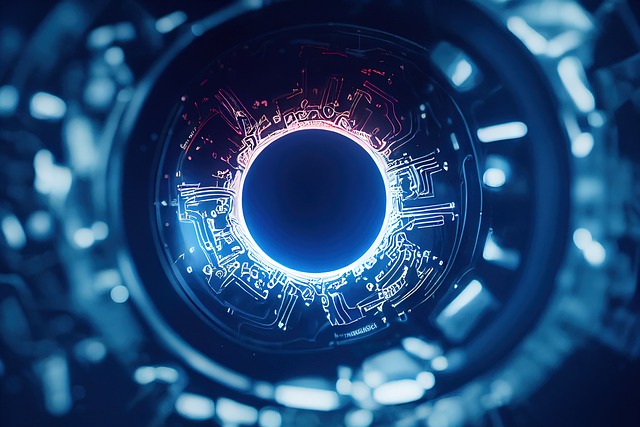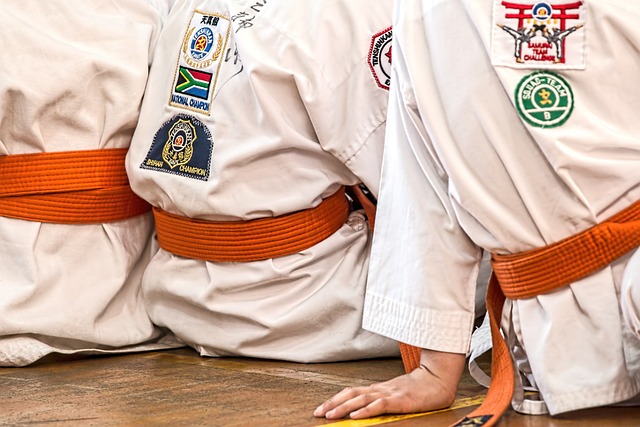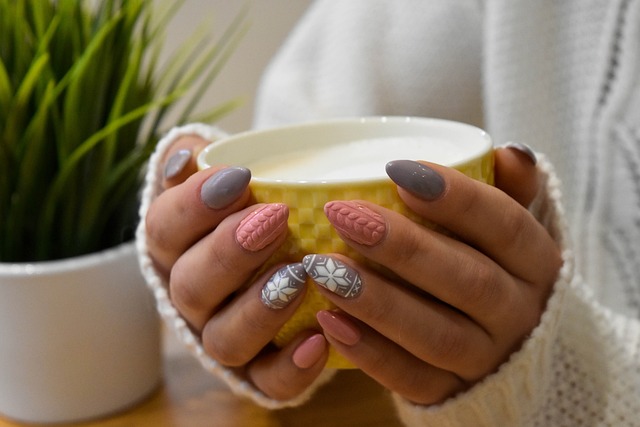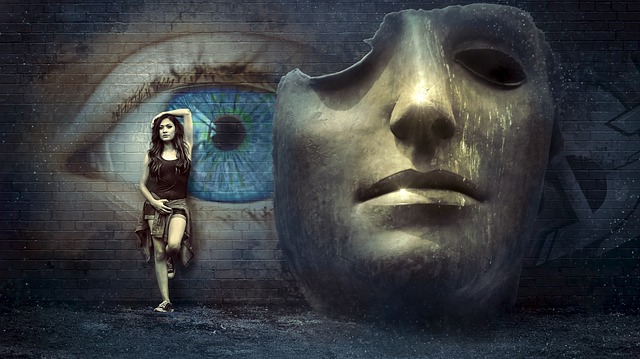# The Fascinating World of AI Art: Merging Technology and Imagination in Visual Masterpieces
In recent years, the intersection of technology and creativity has led to the emergence of a captivating field known as AI art. This innovative domain challenges traditional notions of artistry, prompting discussions about authorship, creativity, and the future of artistic expression. Through the lens of artificial intelligence, artists and technologists are collaborating to create visual masterpieces that push the boundaries of imagination. This article delves into the evolution of AI art, its methodologies, and its implications for the future of creativity.
## The Evolution of AI Art: A Brief History
Artificial intelligence has undergone significant advancements since its inception, and its application in the arts has a relatively brief yet fascinating history. Initially, AI systems were designed to perform specific tasks, but as machine learning and neural networks evolved, they began to exhibit capabilities that could mimic human creativity. Early experiments in AI-generated art can be traced back to the 1960s when computer programs like AARON were developed by Harold Cohen to create drawings autonomously.
Fast forward to the 21st century, and the landscape of AI art has transformed dramatically. The introduction of Generative Adversarial Networks (GANs) has revolutionized the field. GANs consist of two neural networks—the generator and the discriminator—that work in tandem to produce increasingly sophisticated images. This technology enables machines to learn from vast datasets of existing artworks, allowing them to generate new pieces that reflect the styles and techniques of various art movements. As a result, contemporary AI artists are no longer limited to mere imitation; they can create unique visual experiences that resonate with audiences on multiple levels.
Moreover, the rise of user-friendly AI art platforms has democratized access to this technology. Artists, designers, and hobbyists now have the ability to experiment with AI tools, unleashing their creativity in unprecedented ways. Platforms such as DeepArt, Artbreeder, and DALL-E allow users to generate artwork by simply inputting text prompts or uploading images, making AI art accessible to a broader audience. This shift not only fosters creativity but also challenges the traditional hierarchy of the art world, encouraging collaboration between human and machine.
## The Methodologies Behind AI Art Creation
Understanding the methodologies involved in creating AI art is essential to appreciating its complexity and beauty. At the core of AI art generation lies the concept of training algorithms on extensive datasets. These datasets often include thousands of images spanning various genres, styles, and periods. By analyzing these images, AI models learn to recognize patterns, colors, and compositions that define different artistic movements.
One prominent technique employed in AI art is style transfer. This process allows an AI model to apply the stylistic elements of one image to another, effectively merging the content of one artwork with the aesthetic of another. For instance, an artist could take a photograph and transform it into a painting that mimics the brushstrokes of Van Gogh or Picasso. This technique not only showcases the versatility of AI but also highlights the potential for reinterpretation and innovation within established artistic frameworks.
Another fascinating approach is the use of evolutionary algorithms, which draw inspiration from natural selection. In this method, a population of images is generated, and the most aesthetically pleasing ones are selected for further refinement. This iterative process continues until a final piece emerges, often resulting in unexpected and striking visual outcomes. Such techniques exemplify how AI can act as both a collaborator and a catalyst for human creativity, leading to a synthesis of ideas that would be challenging to achieve through traditional means.
The role of human input in AI art creation cannot be overlooked. While AI algorithms can generate images autonomously, the guidance and intent of artists remain crucial. The creative process often involves curating datasets, selecting parameters, and making aesthetic decisions that shape the final output. This interplay between human creativity and machine learning creates a dynamic relationship that enriches the artistic experience, prompting questions about the nature of authorship and originality in the age of AI.
## The Implications of AI Art for the Future of Creativity
As AI art continues to evolve, its implications for the future of creativity are profound. On one hand, the integration of AI into artistic practices can be seen as a tool that enhances human creativity, providing artists with new avenues for exploration and expression. The ability to experiment with various styles, techniques, and concepts at an unprecedented pace opens up a realm of possibilities that can inspire artists to push their boundaries and redefine their work.
Conversely, the rise of AI-generated art has sparked debates about the value of human creativity and the authenticity of artistic expression. Critics argue that art created by machines lacks the emotional depth and intentionality that characterize human-made works. This perspective raises important questions about the essence of art itself: Is it the process, the outcome, or the intention behind the creation that defines artistic merit? As AI art gains recognition in galleries and exhibitions, these discussions will likely intensify, prompting a reevaluation of the criteria by which we judge art.
Furthermore, the commercial implications of AI art are noteworthy. The art market has begun to embrace AI-generated pieces, with some selling for significant sums at auctions. This trend raises ethical considerations regarding ownership and copyright. If an AI generates a piece of art, who holds the rights to that creation? The artist who input the parameters, the developer of the AI, or the machine itself? As legal frameworks struggle to keep pace with technological advancements, these questions will necessitate careful consideration and dialogue among artists, technologists, and policymakers.
In conclusion, the world of AI art represents a fascinating convergence of technology and imagination, offering new pathways for artistic expression and collaboration. Through innovative methodologies and an evolving understanding of creativity, AI is reshaping the landscape of visual art. As we navigate this uncharted territory, the interplay between human and machine will continue to inspire, challenge, and redefine the very essence of what it means to create. The future of AI art is not merely about machines generating images; it is about the dialogue between technology and humanity, where imagination knows no bounds.





